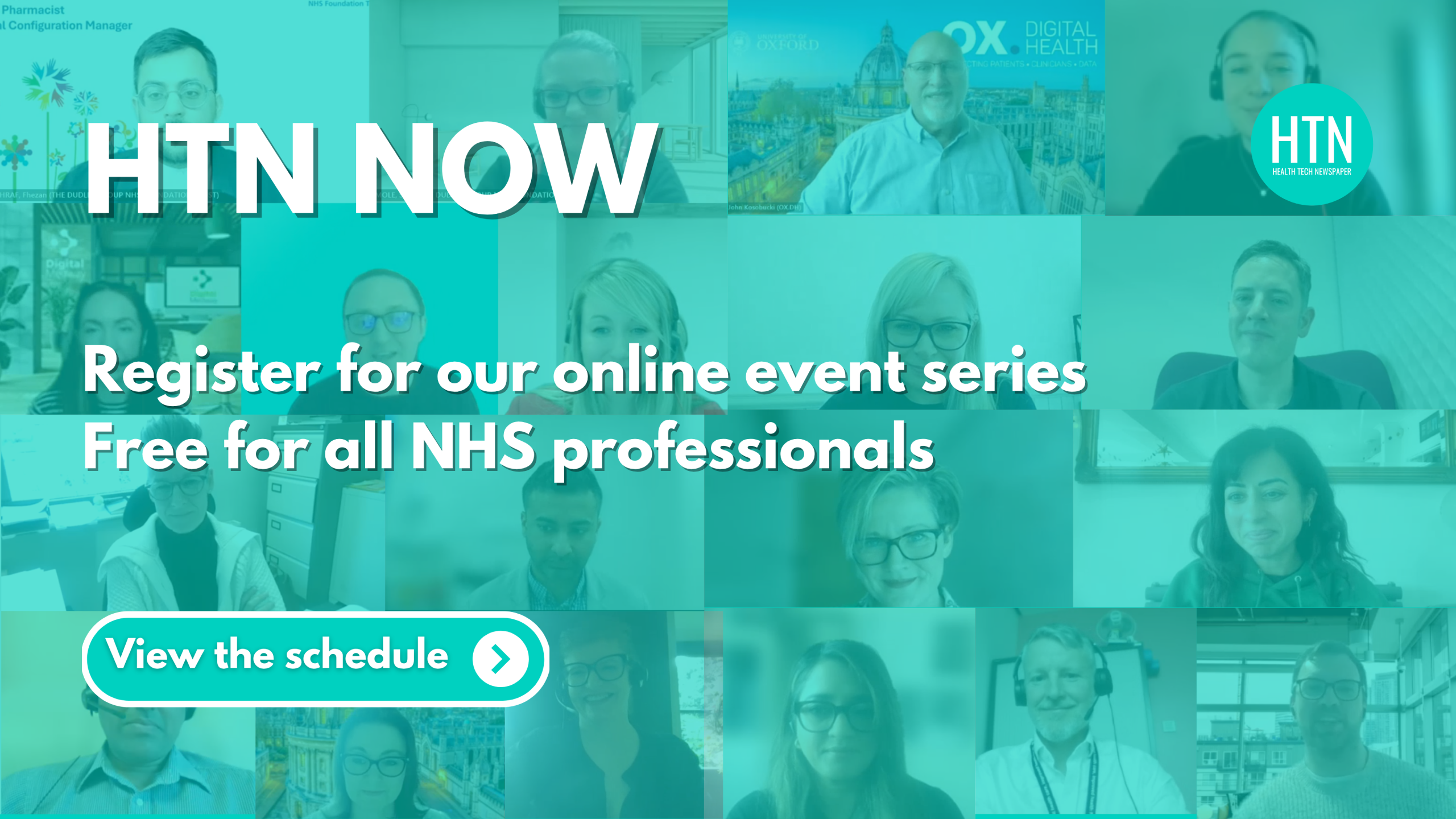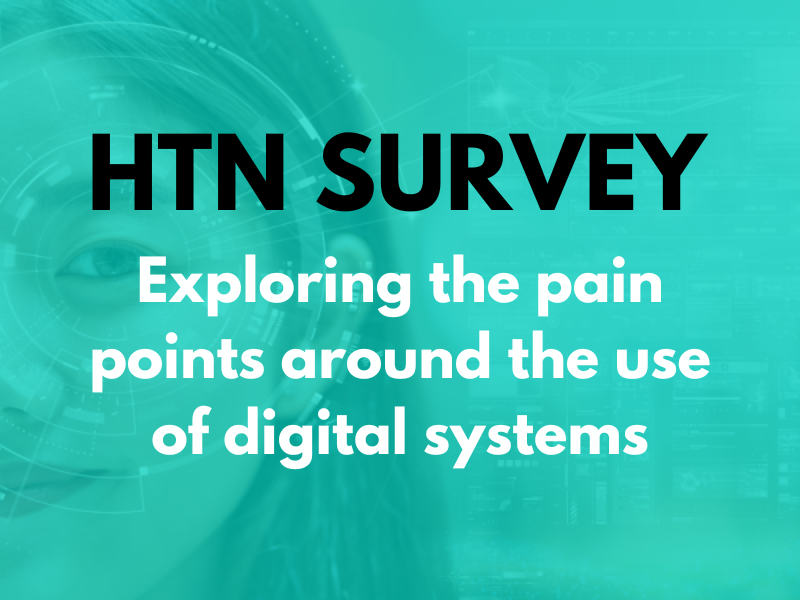The Good Things Foundation has published a new paper on digital exclusion and its impact on people’s health, social life and economic potential.
To support the Health Foundation’s COVID-19 impact inquiry, the Good Things Foundation, the Health Foundation and the King’s Fund came together earlier this year, to focus on tackling digital exclusion and health inequalities.
The resulting report from the workshop and meeting provides an overview of digital exclusion and who is affected by it, as well as the impact of the pandemic on this, and some of the policy responses so far.
Key stats featured in the briefing paper are:
- 17 per cent of over 65 years old said they lacked a suitable device to download a COVID-19 contact tracing app (Health Foundation 2020)
- 66 per cent of all adults had never used the internet or apps to manage their health before the COVID-19 pandemic (Lloyds 2020)
- 19 per cent of people booked GP appointments online in 2020 (GP Patient Survey 2020).
Authored by Emma Stone in August 2021, the publication sums up its “top 10 takeaways” from the workshop. These include advice to:
- Address the knowledge gap – increase the quantity and quality of data, especially with poorly served groups.
- ‘Improve what you know’ by evaluating with early adopters, sharing what works and what doesn’t.
- Support those already innovating and implementing change, through peer learning and practice sharing.
- Reach out to other practice managers and a wider workforce audience, with guidance on practical steps to increase digital inclusion for health and care.
- Grow the number of local, welcoming spaces which support digital inclusion by using ‘existing assets’ such as GPs, community centres, libraries and disused retail outlets.
- Call on strategic commissioners in health and local government to ‘drive action’ on digital inclusion projects.
- Support community organisations to build people’s digital skills, confidence and trust – including on disinformation and data sharing.
- Build ‘better bridges’ between local health, care, voluntary and community sectors, promote ‘shared values’ – such as rights of access to health care – and enable collaboration.
- Drive continuous improvement of digital tools through patient voice and user experience feedback, and promote more inclusive design of digital services.
- Build on learning and innovation from COVID-19, and develop a ‘call to action’ across government departments to address digital and health inequalities.
When considering what digital exclusion is and who is affected by it, the paper describes it as “not having the access, skills and confidence to use the internet and benefit fully from digital technology in everyday life” and focuses on four aspects: access, skills, confidence, and motivation.
Citing information from Ofcom, the report states that “while older age remains the strongest single predictor of internet access and use among adults,” it adds that “poverty and related disadvantages such as low literacy and low educational attainment are the most reliable predictors across all age groups.”
Among “working-age adults,” it continues, “those in the lowest socioeconomic groups are more than three times as likely as those in the highest socio-economic groups to not use the internet or to be ‘limited users’ who use the internet for only a few tasks.”
The paper also highlights Ofcom 2021 data which found that “those more at risk of digital exclusion” were aged 65+ (18 per cent), in DE [social grade] households (11 per cent) or the most financially vulnerable (10 per cent). In addition, Lloyds CDI found that 55 per cent of those ‘offline’ had an income below £20,000.
Other findings from Lloyds mentioned include estimates that “9 million people are unable to use the internet independently and a further 2.7 million can use the internet but lack all the essential digital skills for life; while 13.6 million working adults have the essential digital skills for life – but not the essential digital skills for work.” People with disabilities and long– term conditions are also found to be 23 per cent less likely to have the essential digital skills for life, and four in 10 people claiming benefits lack the essential digital life skills (Lloyds 2020).
The report also summarises the main areas in which digital exclusion impacts other areas of life – economy and employment, education and lifelong learning, social participation and community life, housing and the built environment, access to health and healthcare – and says, “digital exclusion impacts on the broad range of factors which shape people’s chances of a healthy life and good health outcomes.”
Findings of note include that “research into school responses to COVID-19 found 28 per cent of pupils had little to no IT access in the home, rising to 43 per cent in schools with the highest levels of deprivation (NFER 2020)”, and that “23 per cent of five to 15 year olds in the poorest households (social grades D and E) do not have home access to broadband and a laptop, desktop or tablet (Yates 2020).”
After covering some of the recent policy and practical responses that aim to tackle digital exclusion – such as the Department for Education’s ‘Get help with technology programme’, a new Data Poverty Lab led by Good Things Foundation, and the Scottish Government’s ‘Connecting Scotland’ initiative – the paper concludes with some final thoughts.
Acknowledging that “digital exclusion in a digital world is a health inequality challenge: it reflects, creates and compounds health and wider inequalities” and that there is “no single or silver bullet solution”, the report states that “embedding digital inclusion into a digital-first health service is not something you can fix with a single programme or cash injection.”
The author instead calls for a “sustained, collaborative effort; with a national plan and coherent policy in place of the patchwork of emergency responses” and concludes that “addressing digital exclusion has to be part of the conversation about economic and social recovery,” as well as “tackling health inequalities. There is a huge opportunity for digital technology to support healthier lives, choice and agency.”
Read the full digital exclusion and health inequalities report in full.





